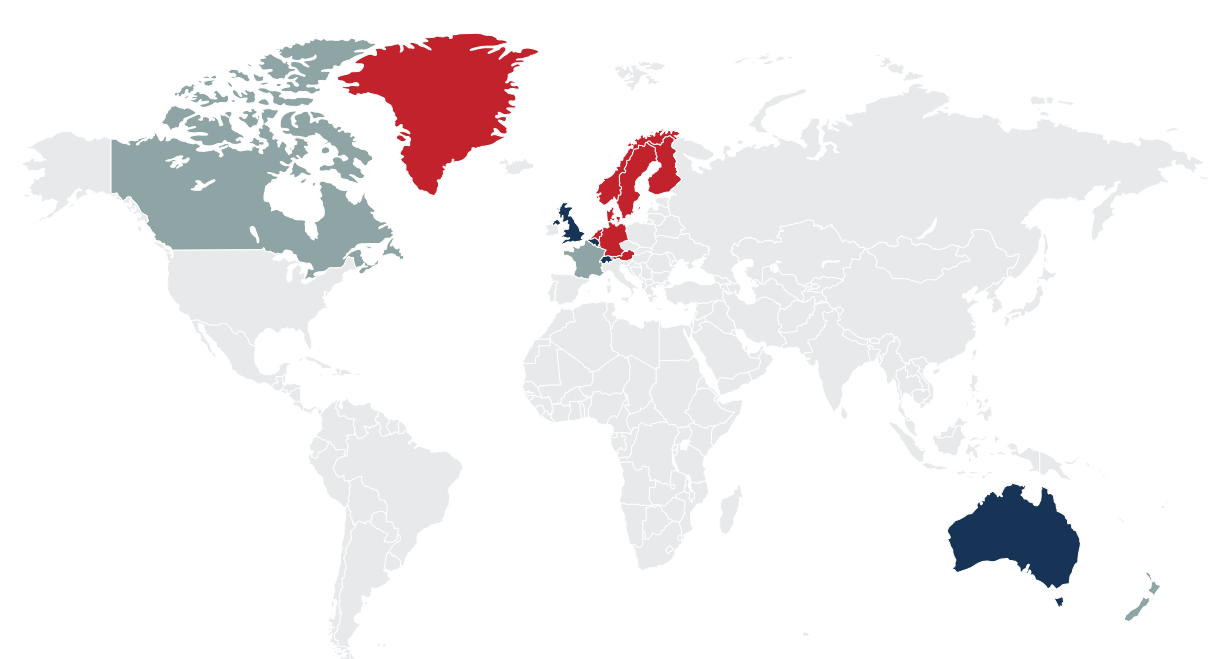



Beak treatments for broiler breeders: a declining trend worldwide
A new strategy for animal-friendly beak treatments in Broiler Breeders pt.1Part of Series:
Next Article in Series >
Download the whitepaper
Beak treatment, the remedy for aggressive pecking
Beak treatments for chickens are an important remedy for feather picking and cannibalism. This behavior is the cause of many infections and can lead to increased mortality. It explains why beak treatments are routine in the poultry world. But our attitudes towards animal welfare change over time and practices that were previously commonplace are now thrown into question. This is also the case with beak treatments. Do they have a place within ‘animal welfare’?
The two types of beak treatments used today have advantages but mostly numerous disadvantages, including the impact on animal welfare. A short summary:
1. Nowadays, infrared (IR) beak treatment is the most frequently used method. This treatment is carried out in the hatchery in an environment with a high level of biosecurity. After the IR treatment is completed, the tip of the beak is still intact. However, between day 14 and 21 following the treatment, the treated tissue erodes and the tip falls off. There is no open wound but the chickens experience pain and numbness in the beak. In addition, neuromas can form (swelling around nerves). The beak also continues growing after the treatment, which often results in an unnatural and irregular beak shape. In some cases, split beaks can form and the weaker scar tissue can break off.
2. ‘Hot-blade’ debeaking is carried out at poultry farms by experienced people in an environment with a lower level of biosecurity. The tip of the beak is removed mechanically. There is an open wound that bleeds and can get infected. This increases the likelihood of death, partially because catching and debeaking the birds is stressful in itself. On the day of the debeaking, staff dim the lights and fast the chicks. This can have a far-reaching impact, lasting even into the production phase
The role of governments
For governments in many regions, the socio-economic trend of ‘improving animal welfare’ is high on the agenda. Now that there are alternatives to beak treatments on the market, certain countries have already banned them:
- The Scandinavian countries were the pioneers, and Austria, Germany and the Netherlands have also changed their legislation in recent years.
- Five more countries are considering putting a stop to beak treatments: Belgium, Luxemburg, Switzerland, Australia and the United Kingdom.
- In France, Canada and New Zealand, there are currently no plans for legislative changes, however, there are guidelines meaning beak treatments are not always permitted.
There is no doubt that this list will expand in the coming decade.

Poultry companies are choosing sustainability
Breeders and poultry companies understand that times are changing. A company that wants to be sustainable will lack credibility without high standards of animal welfare. Poultry companies are therefore eager to test out alternatives to beak treatments — as long as it makes economic sense, of course. If new techniques are found to be animal friendly and optimize feed costs and returns, the sector is very open to new alternatives to beak treatments.










